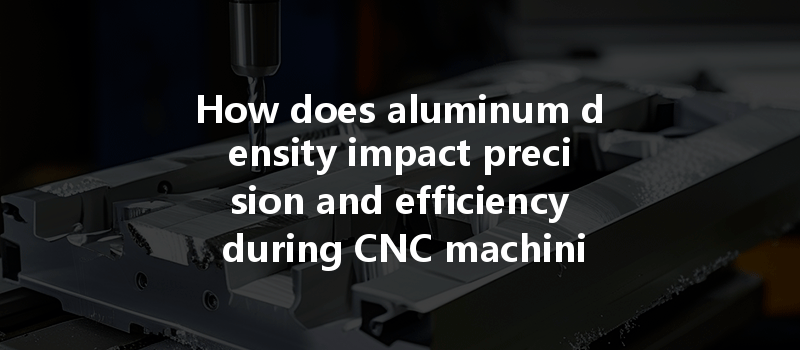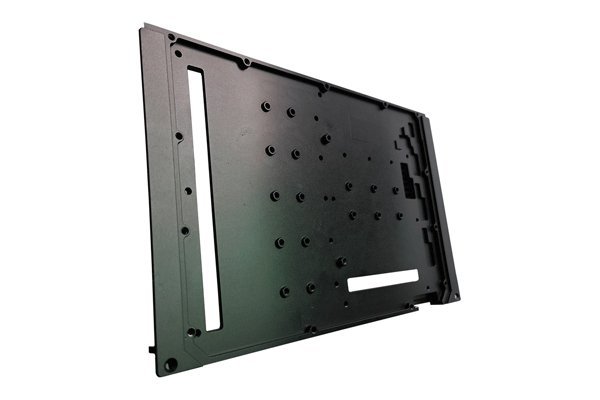Opening
Did you know that aluminum is one of the most versatile materials in manufacturing, and it accounts for approximately 8% of the Earth’s crust? Its unique properties make it a popular choice in various applications, especially in the aerospace, automotive, and consumer goods sectors. But there’s much more beneath the surface when it comes to machining aluminum—particularly its density and how it affects precision and efficiency during CNC (Computer Numerical Control) machining processes. This blog aims to delve into the intricate relationship between aluminum density and CNC machining effectiveness, offering insights that may reshape how you approach material selection in your manufacturing processes.
Understanding Aluminum Density
Aluminum density typically varies between 2.5 g/cm³ to 2.85 g/cm³ depending on the alloy composition. For example, 6061 aluminum, commonly used in structural applications, has a density of about 2.70 g/cm³, while 7075, often used in aerospace, is slightly denser, measuring about 2.81 g/cm³. Understanding these differences is crucial, as aluminum’s density directly influences its machinability, surface finish quality, and overall performance in CNC machining.
The Importance of Density in CNC Machining
Machinability refers to how easily a material can be machined to achieve desired dimensions and surface finishes. Materials with lower density, such as 6061 aluminum, tend to exhibit better machinability due to their softer texture and reduced cutting forces required during machining operations.
The density of aluminum influences the cutting forces generated during CNC operations, which can directly affect tool wear. Higher-density materials require more robust tools and greater power, leading to accelerated tool wear and increased costs.
Achieving a high-quality surface finish is vital in many applications. The density of aluminum can impact the surface finish quality achieved during CNC machining. Lower-density alloys can produce smoother finishes due to the more manageable chips they create during machining.
Aluminum’s thermal conductivity is inversely related to its density. This influences heat dissipation during machining. Materials that dissipate heat efficiently tend to maintain their dimensional accuracy and can withstand higher feed rates, thus improving machining efficiency.
In industries such as aerospace, where weight is a critical factor, selecting a suitable aluminum alloy based on density can influence design decisions. This emphasizes the necessity of knowing the density characteristics when designing components for weight-sensitive applications.
Solutions for Optimizing CNC Machining with Aluminum Density Considerations
While aluminum’s density offers many advantages, maximizing its benefits during CNC machining requires careful planning and execution. Below are strategies to enhance precision and efficiency while working with aluminum:
Choosing the right aluminum alloy is the first step in optimizing CNC machining processes. Factors to consider include:
Adjusting cutting parameters is critical when machining aluminum to accommodate its density:

Choosing the right tool is equally critical:
Aluminum machining generates significant heat, which can affect precision and tool life. Implementing effective cooling strategies can help:
Adopting smart monitoring technologies can significantly enhance machining processes:
Ensuring that operators are trained in best practices for machining aluminum is crucial. Ongoing education about new techniques, tools, and technologies can make a considerable difference in achieving optimal results.
Understanding how aluminum density impacts CNC machining is essential for manufacturers looking to enhance efficiency and precision. By selecting the right alloy, adapting cutting parameters, choosing suitable tools, implementing effective cooling solutions, and continuously monitoring processes, businesses can unlock the full potential of aluminum in their machining operations.
As the manufacturing landscape rapidly evolves, paying close attention to the properties of materials such as aluminum will not only enable businesses to achieve superior results but also to remain competitive in a challenging market. By valuing these considerations, companies can better address their production needs and improve product quality, making the conversation around aluminum density in CNC machining both pertinent and necessary.
This blog serves as a reminder of the importance of material selection and understanding its implications on manufacturing processes, an often overlooked yet pivotal aspect of modern CNC machining.






